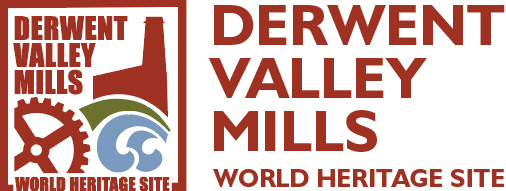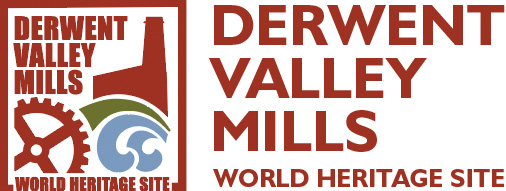Key Sites
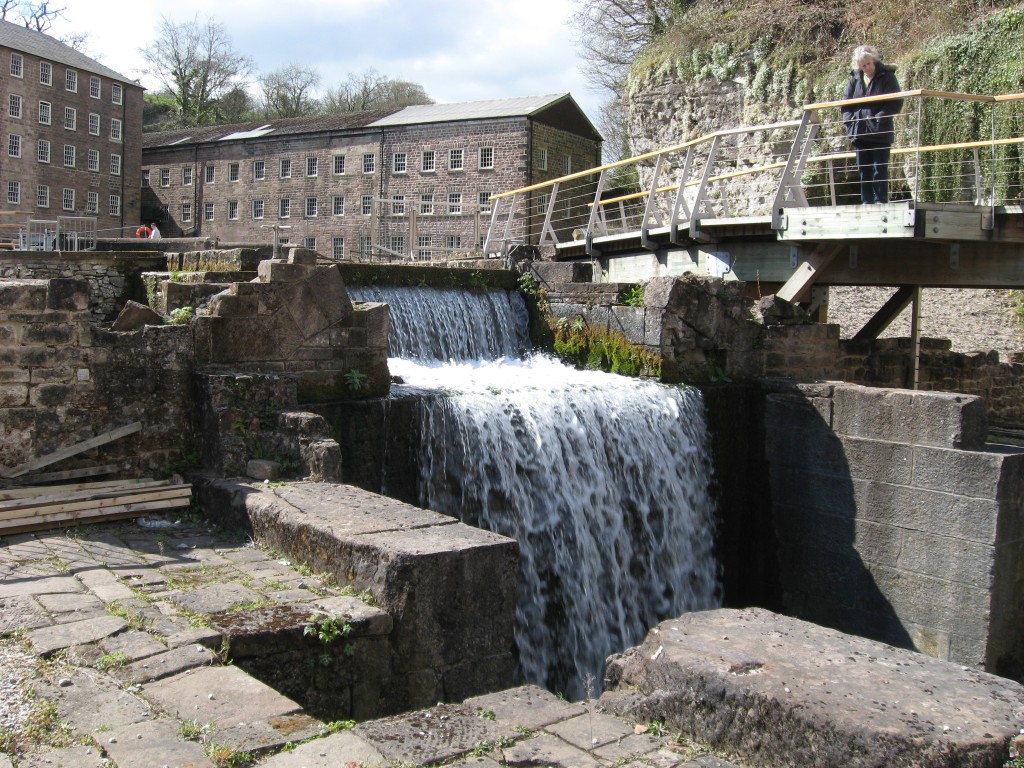
Key Sites
It was Richard Arkwright’s Cromford Mill which provided the true blueprint for factory production. Arkwright’s system was copied widely in many parts of Britain and, soon after, in other countries.
Cromford was relatively remote and sparsely populated, and Arkwright could only obtain the young people he required for his labour force if he provided houses for their parents. In Cromford, there emerged a new kind of industrial community which was copied and developed in the other Derwent Valley settlements.
Arkwright’s activities stimulated a surge of industrial growth in the Derwent Valley. His close association with the entrepreneurs Jedidiah Strutt, Thomas Evans, and Peter Nightingale set in train a series of important developments between Cromford and Derby. All were successful industrialists, whose economic interests extended well beyond cotton manufacturing. They were also enlightened employers who displayed a strong sense of responsibility for their workforce, their dependants and for the communities that came into being to serve the new industrial system. As such, the developments at Belper, beginning in 1776-77, at Milford in 1781 and Darley Abbey from 1782, provided early models for the creation of industrial communities.
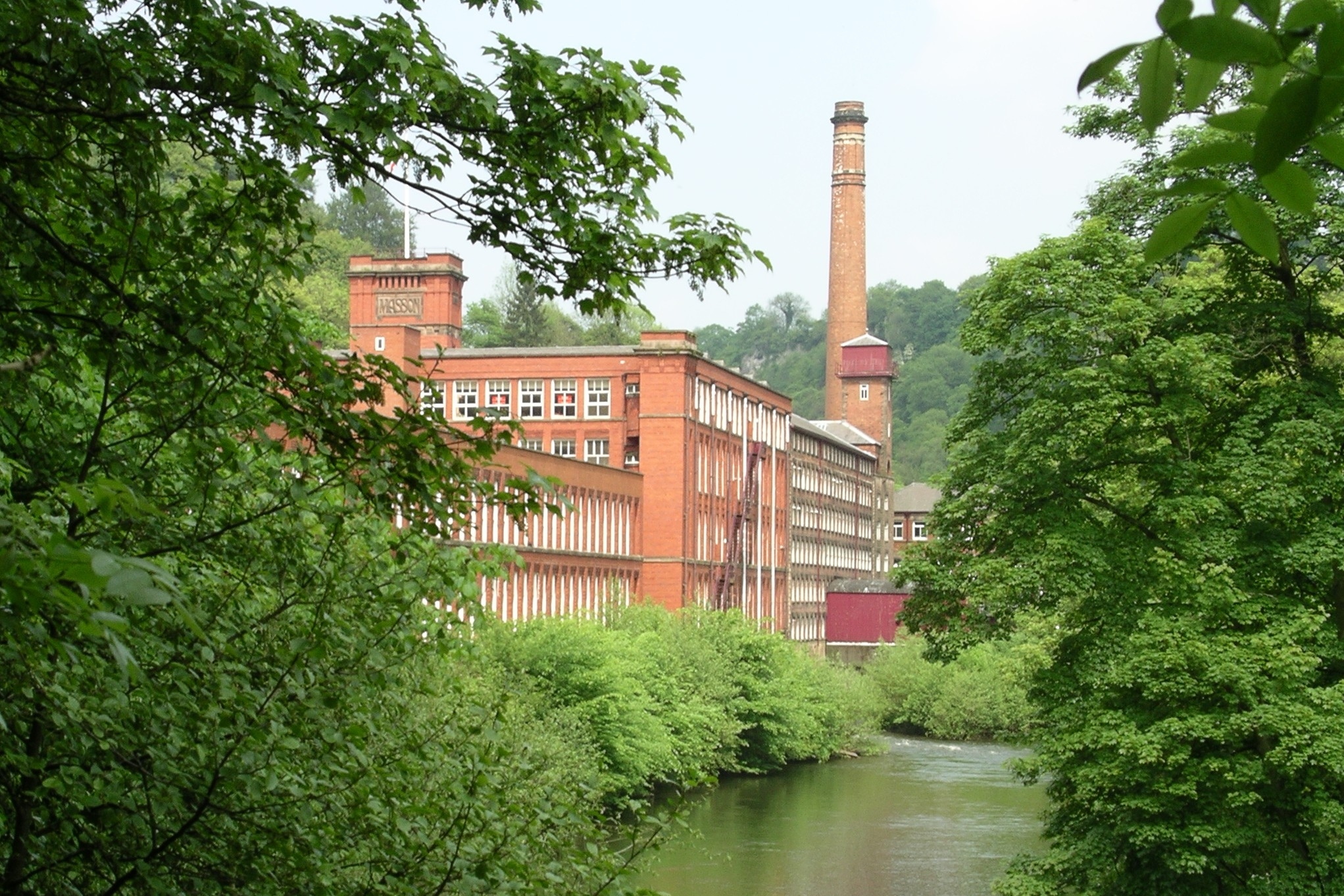
Key Sites - Masson Mills
Masson Mill - built 1783 - proclaims Arkwright’s growing wealth and self confidence.
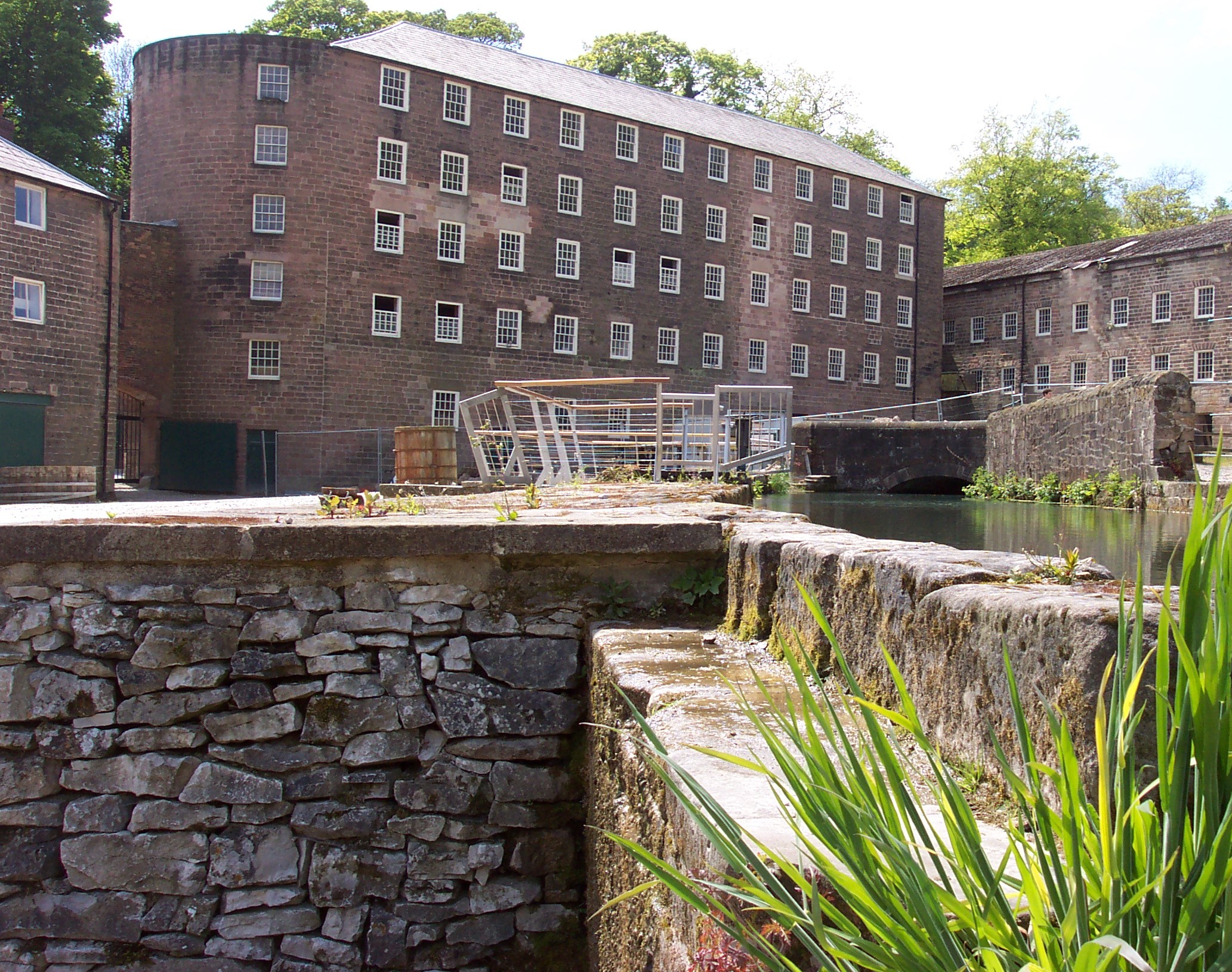
Key Sites - Cromford Mill
It was at Cromford that Richard Arkwright extended the range and scale of his mechanisation of cotton spinning and devised the factory production techniques which yoked machinery, the workforce and water power as they had never been harnessed before.
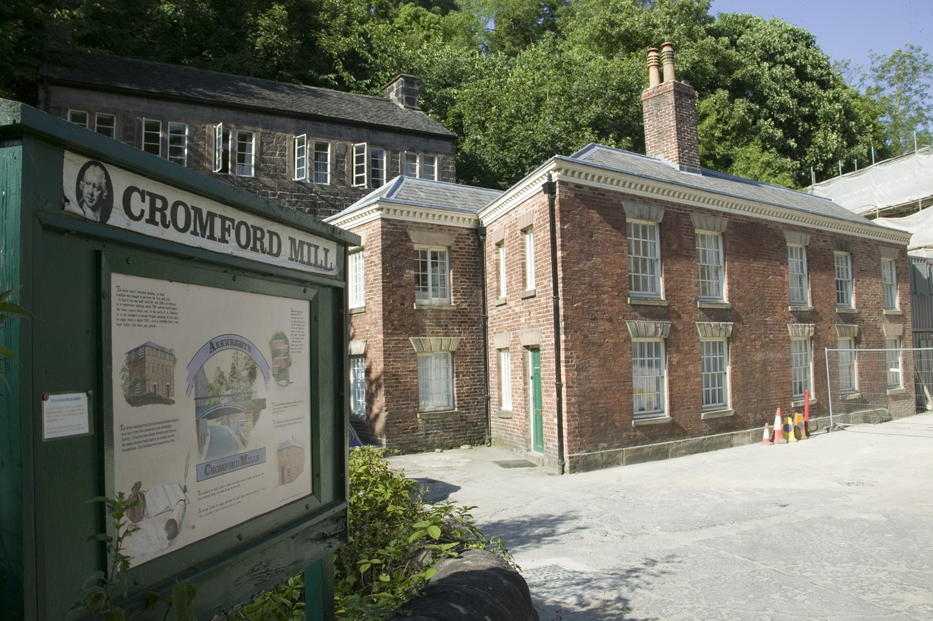
Key Sites - Cromford Mill Complex
Cromford Mill was the world’s first successful water-powered cotton spinning mill. The Cromford Mill Complex was built on an elongated site, constricted by cliffs to the north and south.
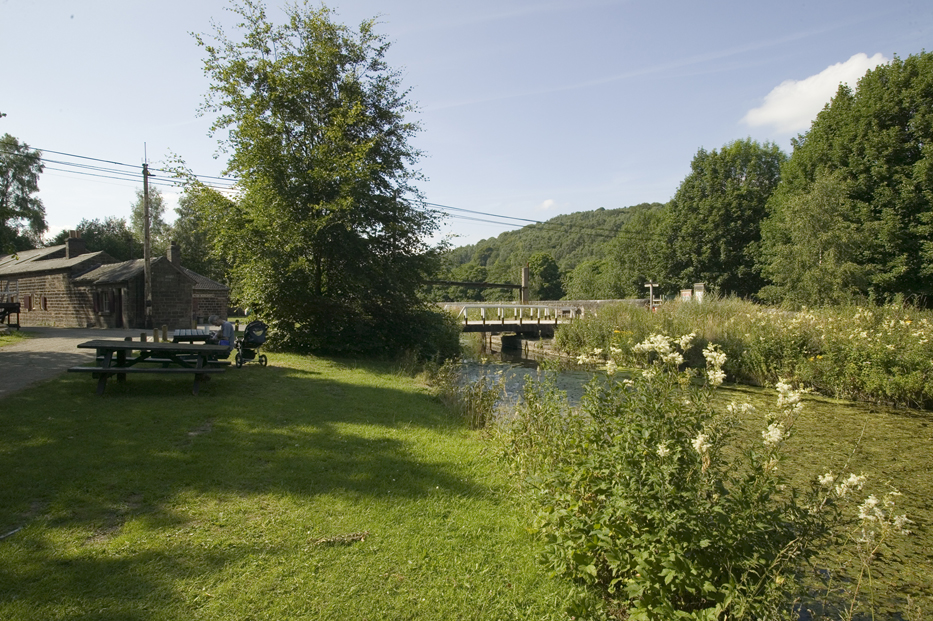
Key Sites - The Cromford Canal
The Cromford Canal ran 23.3 kilometres from Cromford to the Erewash Canal at Langley Mill.
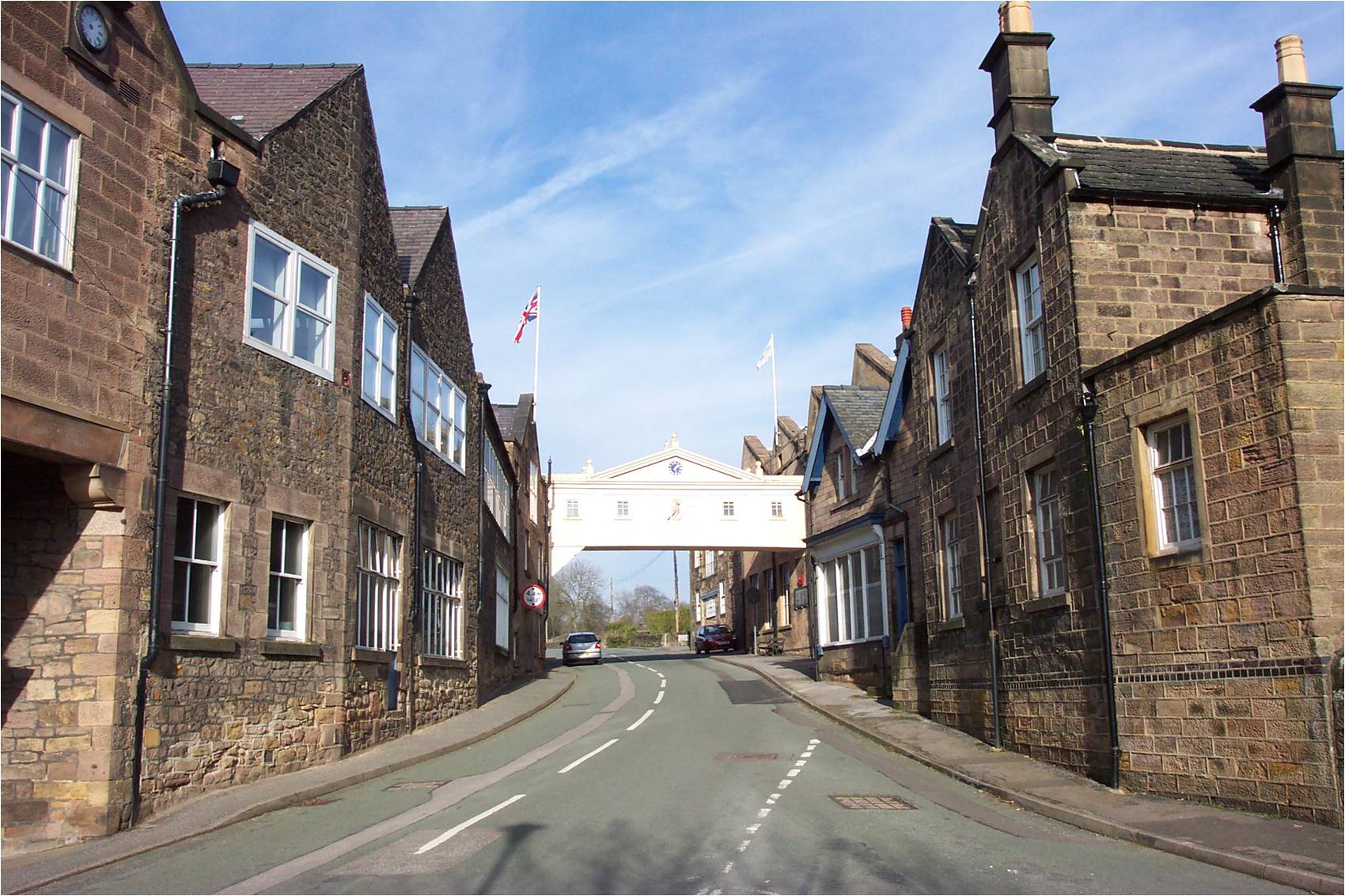
Key Sites - Smedley’s Mill
The 18th century cotton mill at Lea Bridge is so concealed by later buildings that it is visible now only from the air. Yet within the interstices of the Smedley factory the original mill has survived surprisingly intact.
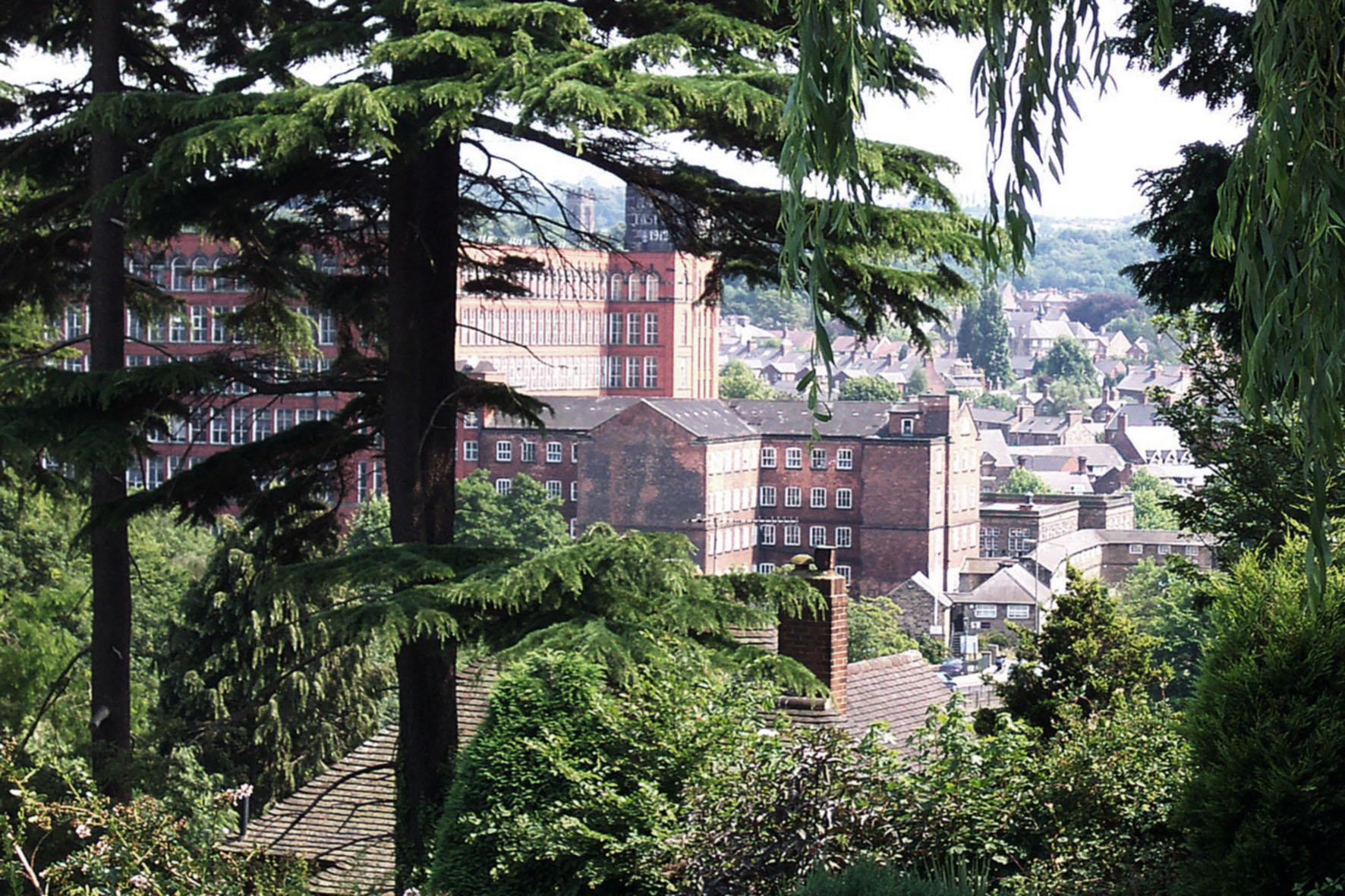
Key Sites - Belper
There was nothing tentative about Jedidiah Strutt’s entry into cotton spinning on his own account. Unlike Richard Arkwright, he came to the business with considerable wealth and, by waiting until Arkwright had demonstrated the full potential of his mechanical inventions and production systems, he was able to invest in a full-scale production unit without having to embark on his own expensive research and development.
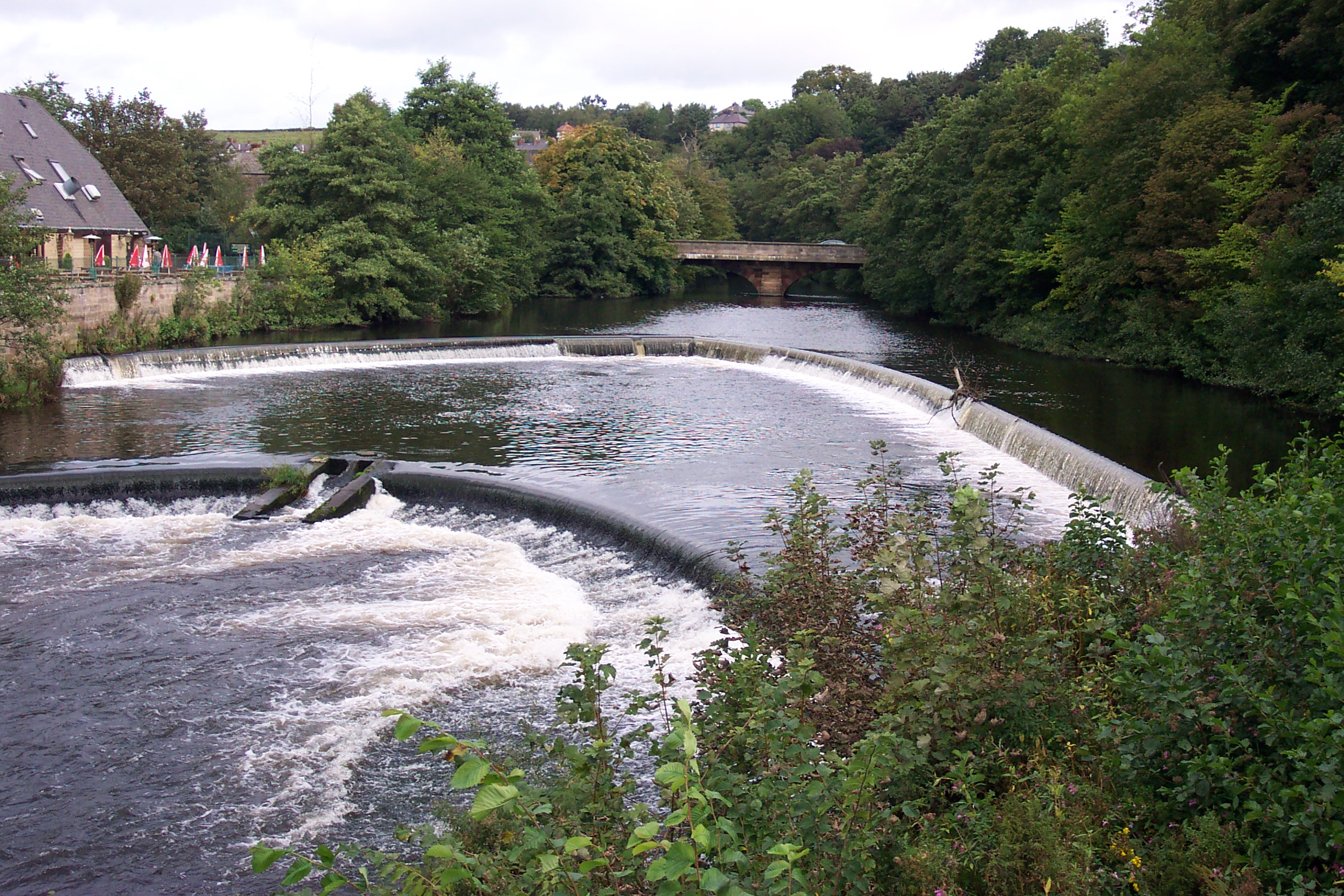
Key Sites - Milford
Strutt next turned his attention to Milford where, in March 1781, he bought Makeney forge and, soon after, adjoining property. Later in the same year he bought Hopping Mill Meadow, a site which included a fulling mill.
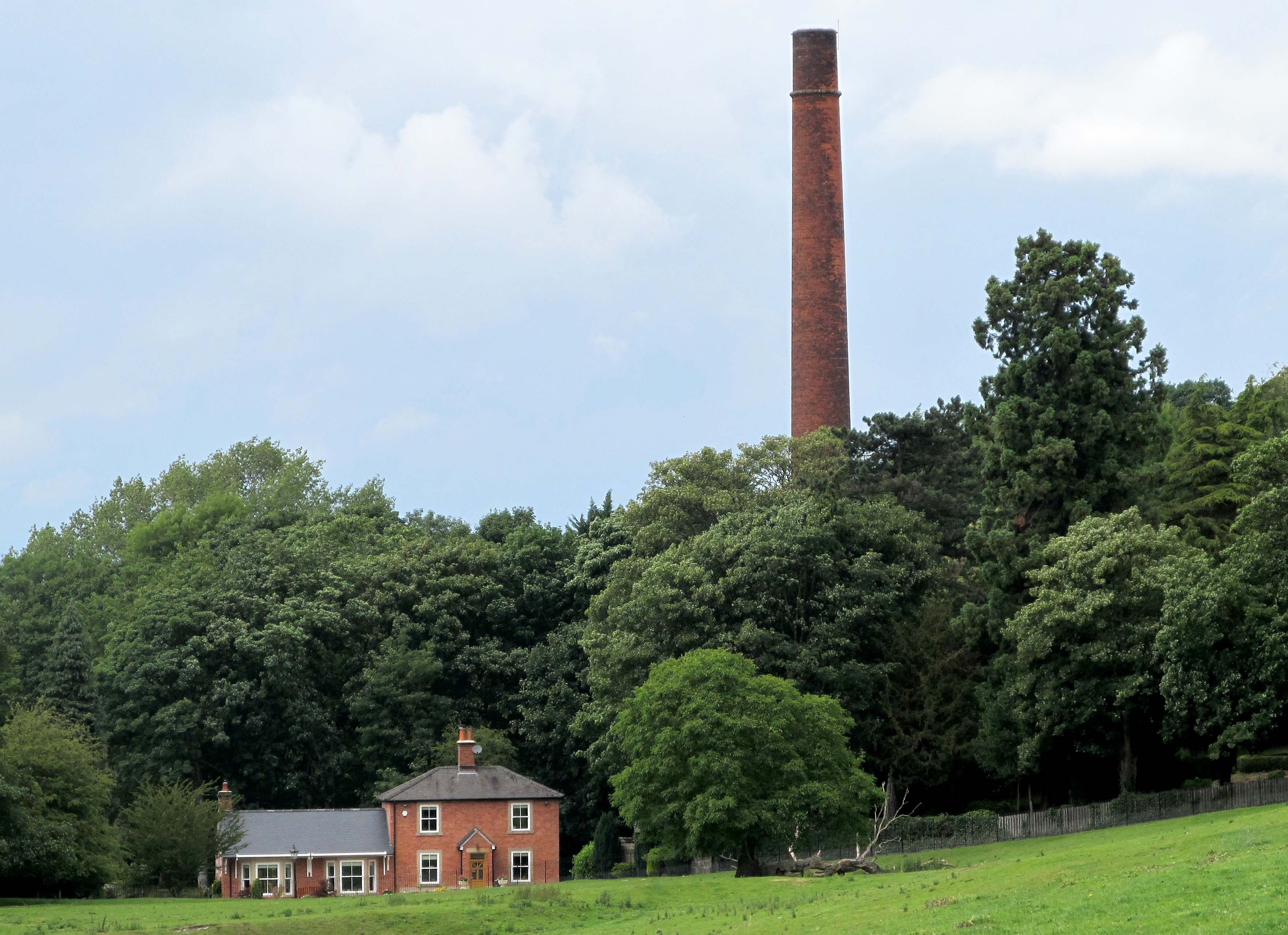
Key Sites - Peckwash Mill
The relationship between papermaking and the textile industry is an area of study which needs closer investigation. Within the Derwent Valley there were paper mills associated with two of the major cotton spinning sites, Masson and Darley Abbey and at least three others within, or adjacent to, the nominated site.

Key Sites - Darley Abbey Mills
The association of the Evans name with Darley Abbey started long before 1782 but the impression is misleading.
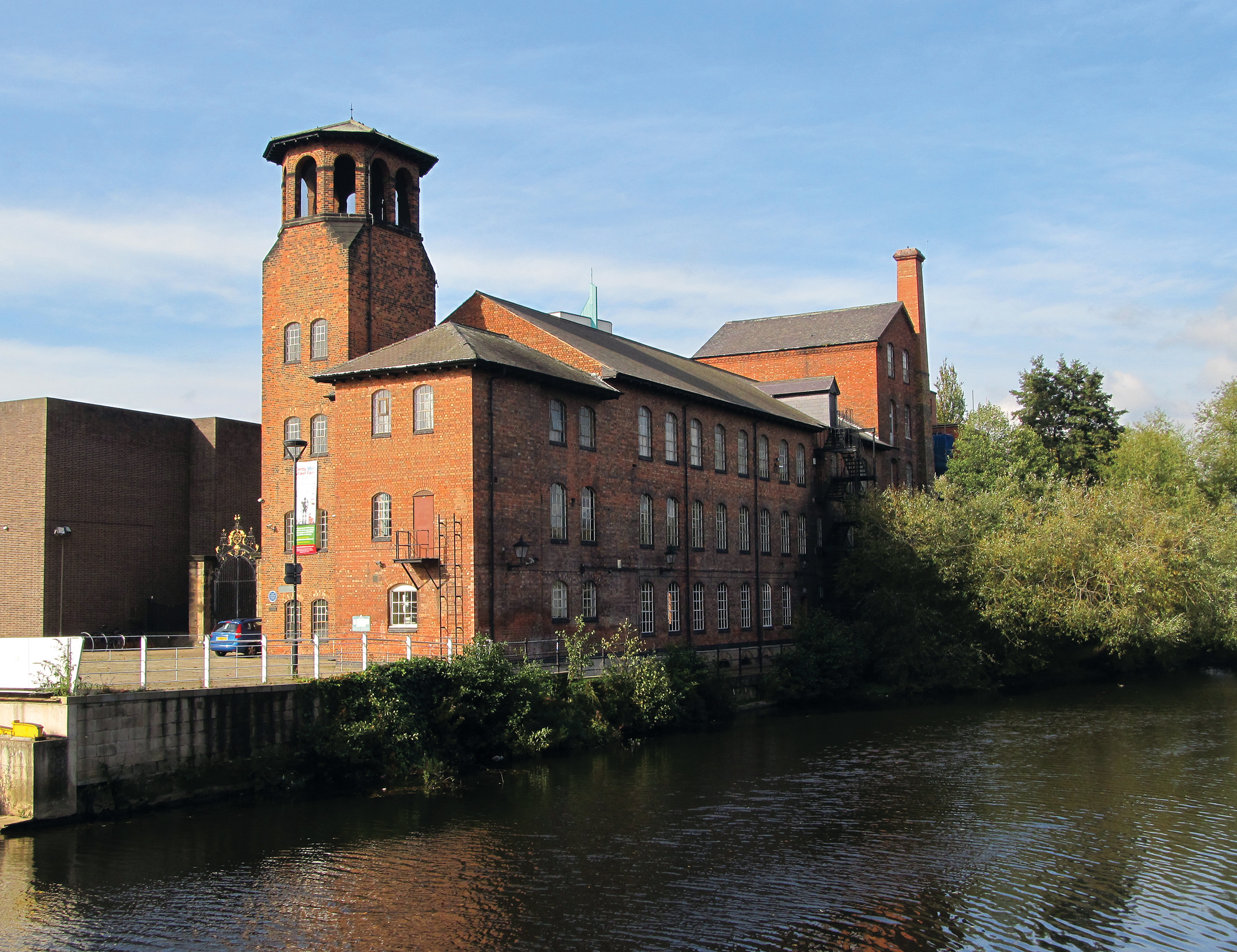
Key Sites - The Silk Mill
The story of how the large-scale manufacturing of high quality silk thread arrived in Derby early in the eighteenth century is now very much better understood thanks to recent research by Anthony Calladine.
